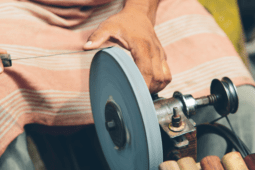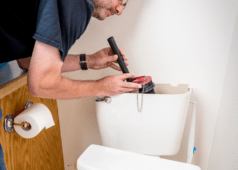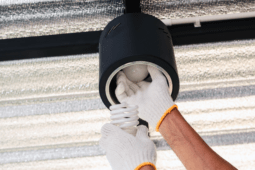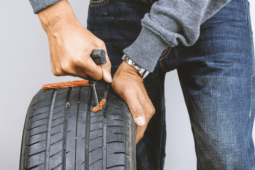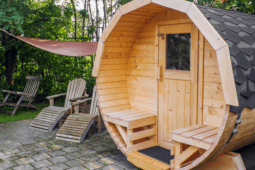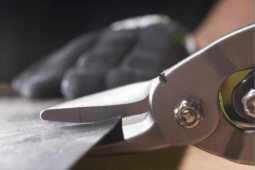How to Fix a Cabinet Knob That Loosens Every Time You Use It
A cabinet knob that constantly loosens can be more than just an annoyance—it’s a small but persistent frustration that interrupts your daily routines. Each time you open the cabinet, the knob feels insecure, making it hard to grip and eventually risking damage to the cabinet itself. Luckily, fixing this problem is simple, and with the right approach, you can ensure that knob stays firmly in place. Follow this guide for easy, lasting solutions to secure your cabinet knobs for good.
Identify the Cause of the Looseness
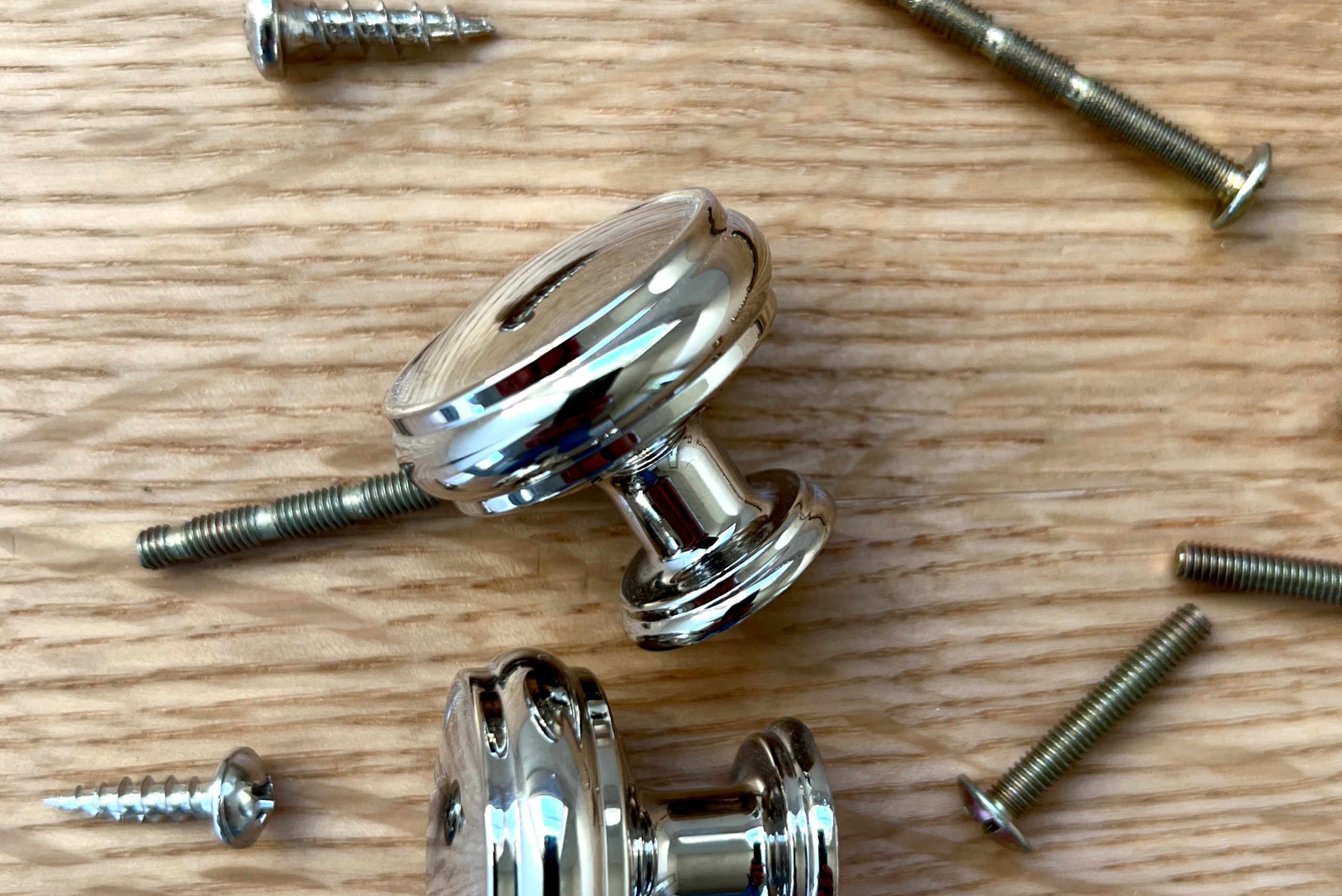
Before you start, it’s helpful to understand why the cabinet knob keeps loosening. In many cases, it’s due to wear on the threads of the screw or the hole in the cabinet wood. Other times, it might be from poor alignment or an old, stripped screw.
Take a close look at the knob, screw, and cabinet hole to identify any damage or irregularities. If you notice stripped threads or a widened hole, you’ll know what kind of fix you need. Understanding the cause will help you choose the best repair method for a durable result.
Try Using a Thread Locker for Stability
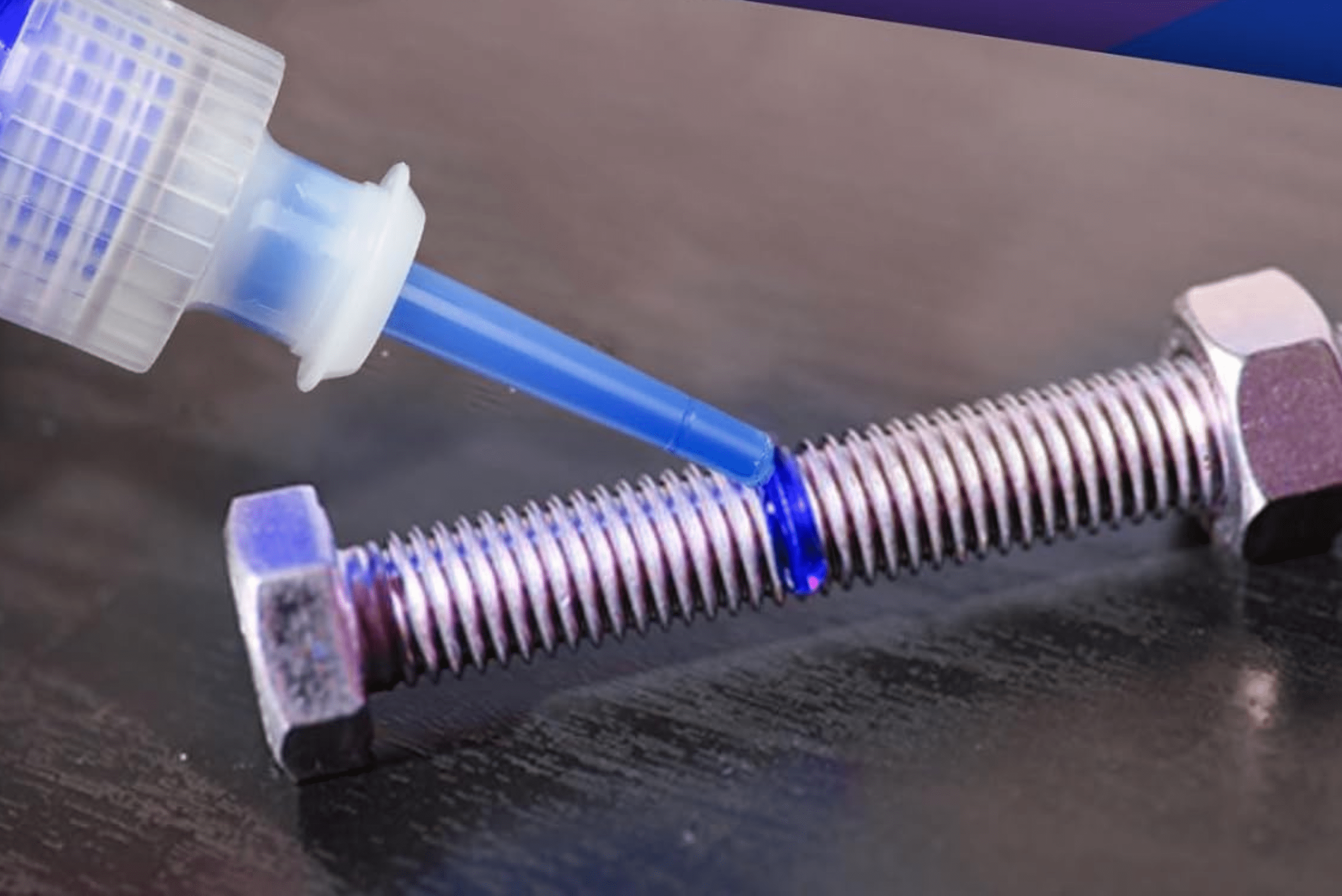
If the screw itself seems fine but frequently comes loose, applying a thread-locking adhesive can solve the problem. Products like removable thread lockers create a bond that keeps screws from loosening due to vibration or movement, while still allowing removal if needed.
To use a thread locker, remove the screw from the knob, apply a small amount of the adhesive to the threads, and then reinsert the screw. Tighten it well and allow it to set according to the product instructions. This simple step is often enough to keep the knob firmly in place for extended use.
Add a Washer for Extra Grip
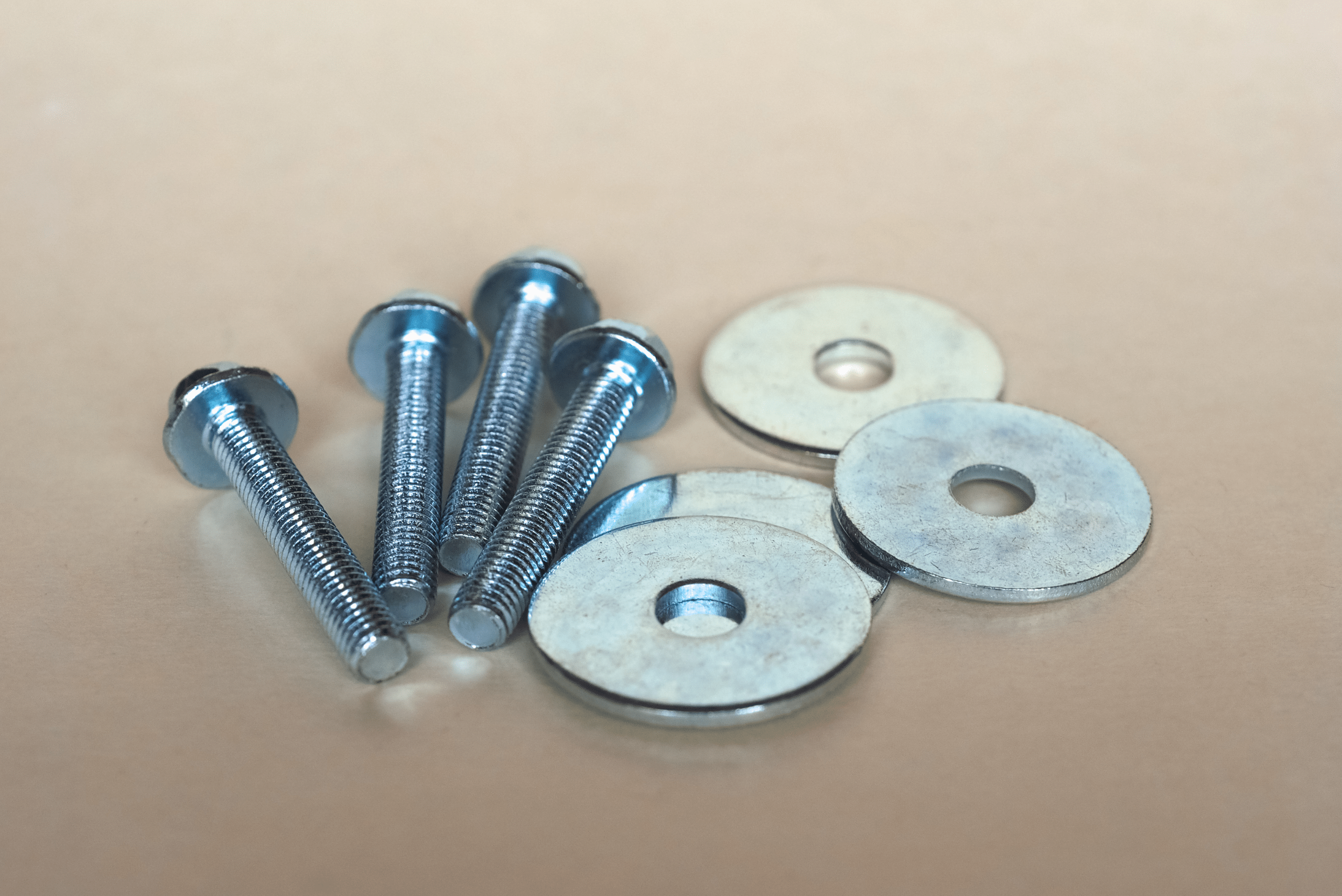
Adding a washer can give the screw a better grip, especially if the cabinet wood or knob has slightly worn down. A small, flat washer placed between the knob and the cabinet surface distributes pressure more evenly, preventing the knob from shifting.
To install a washer, remove the knob and place the washer over the screw before reinserting it. Tighten it snugly, and you’ll likely notice an immediate improvement in how secure the knob feels. This method is particularly effective for preventing wobbling and shifting over time.
Use Teflon Tape for a Tighter Fit
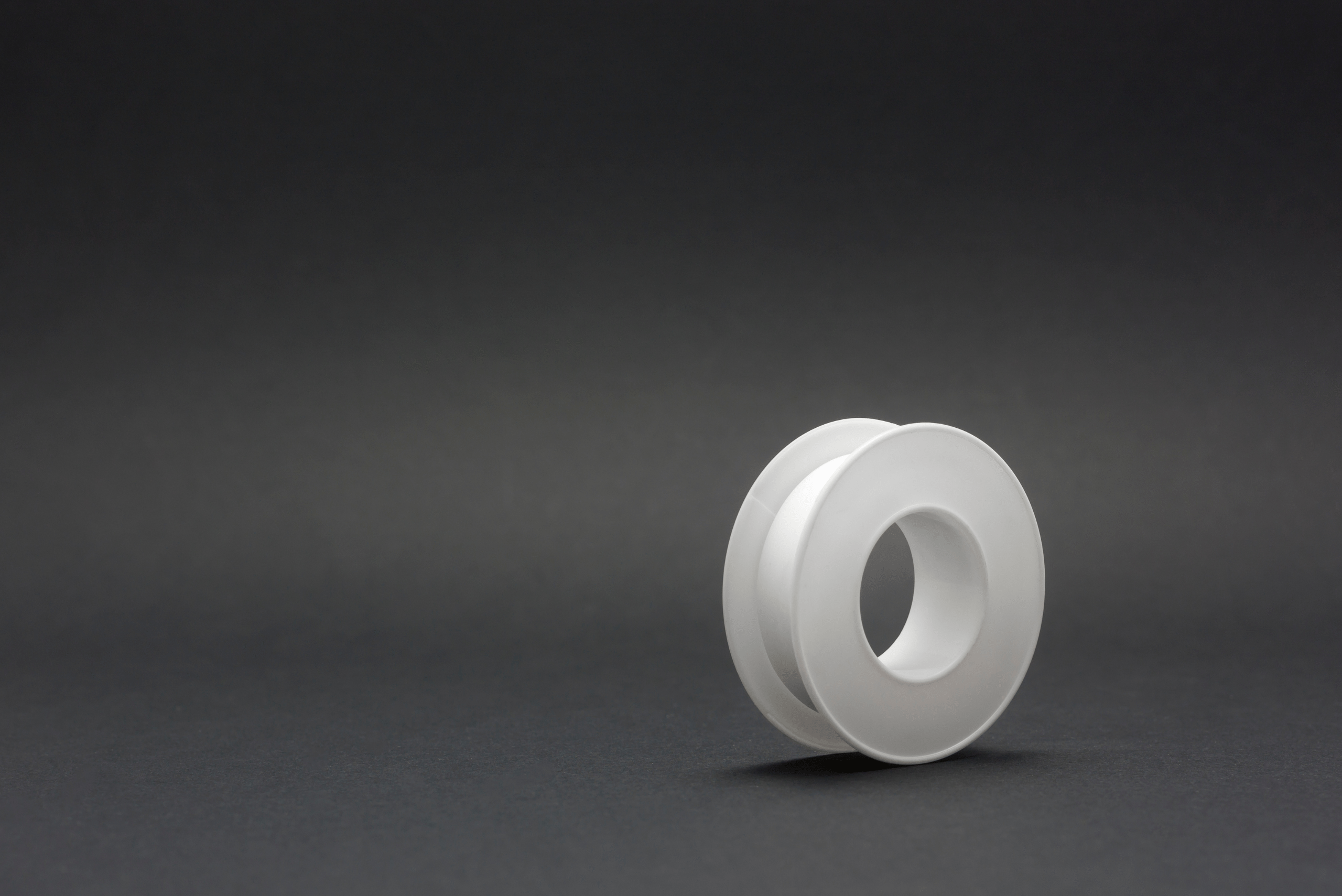
Teflon tape, often used in plumbing, can also be applied to create a snugger fit for your cabinet knob screw. By wrapping the screw threads with a layer of Teflon tape, you’ll increase the friction and make the screw sit more tightly in the knob.
Wrap a single layer of Teflon tape around the screw threads, trim any excess, and screw it back into the knob. The tape helps to eliminate any wiggle room and is a quick, inexpensive fix that holds up well under frequent use.
Fill a Stripped Hole with Toothpicks or Wood Filler
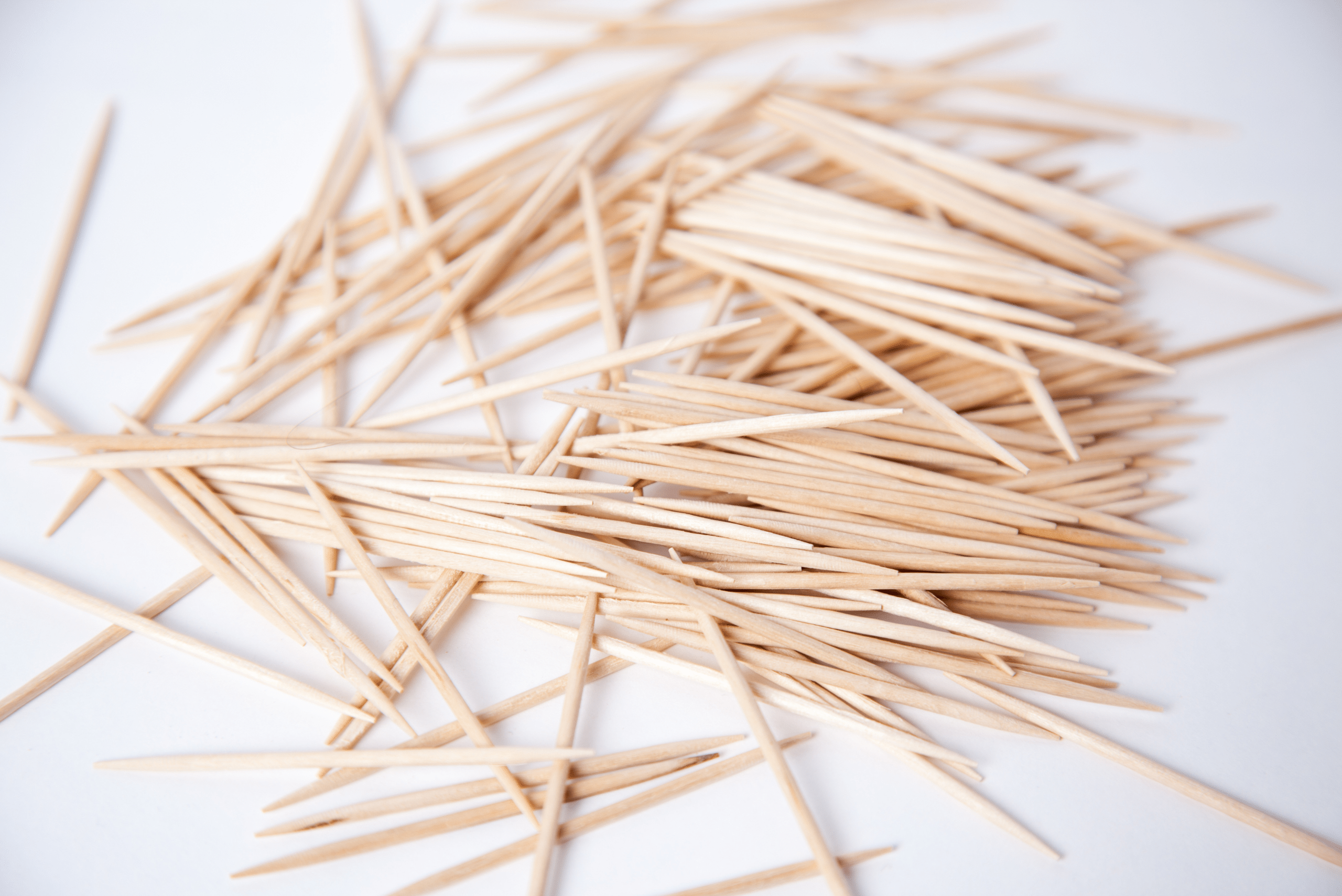
If the screw hole in the cabinet has become stripped and too wide, the screw won’t stay secure. Filling the hole with wood filler or toothpicks can help create a new, solid base for the screw to grip.
To use toothpicks, insert a few toothpicks into the hole with a dab of wood glue, then trim any excess so the toothpicks sit flush with the cabinet surface. Once the glue dries, reinsert the screw. For a more durable fix, apply wood filler to the hole, allow it to dry fully, and then drill a small pilot hole before reinserting the screw. This method will restore the grip, ensuring your knob stays tight.
Related Articles
- How to Build Affordable Shop Cabinets
- A Guide for Choosing the Right Cabinet Hinges
- How to Choose Cabinet Hardware That Works For Your Home
Fixing a loose cabinet knob doesn’t have to be a recurring battle. By understanding the cause of the looseness and choosing the right method, you can secure the knob once and for all. Whether you use thread locker, a washer, Teflon tape, or a wood filler, these techniques are simple yet effective ways to keep cabinet knobs steady and functional. With a few easy steps, you can restore both the look and usability of your cabinets, adding a polished touch to your home.
Ready to start your next project? Join our DIY community to receive tool tips, how-to guides, and exclusive creative insights. Subscribe to the ManMadeDIY newsletter now! Click here to unlock a world of hands-on inspiration.

